Stake F1, Haas and Aston Martin have already completed the first laps in their new cars.
But why is it so important for teams to do a shakedown and what does it actually entail?
While the drivers during the winter break try to prepare themselves as best they can for the new season, the factory staff are busy preparing the car for a brand new year.
That includes starting the engine for the first time and the team launch. But perhaps even more important is the shakedown.
In the world of F1, a shakedown refers to the first run a new car makes on the track. Stake F1 became the first team to do so by setting up at the Circuit de Barcelona-Catalunya in Spain, while Haas and Aston Martin drove their laps at Silverstone.
The shakedown, on one hand, is to ensure that a driver is comfortable in the car, but perhaps more importantly, it is the first chance to test all the systems and operations of the car.
Therefore, a shakedown is not intended to allow the driver to belt around the track at full throttle. That is simply not possible, as tyre supplier Pirelli supplies special demo tyres to the teams, and data can only be gathered about the car and not about the tyres.
Viewed by others:
Important measuring moment
A shakedown costs a team one filming day. While these filming days were originally intended for marketing and promotional purposes, they now allow teams to collect important data about the car.
Some adjustments were made to the FIA's regulations regarding the filming days just under a month ago.
The number of kilometres that may be covered has doubled from 2023. Whereas teams were previously allowed to cover a total of 200 kilometres divided into two sessions of up to 100 kilometres each, this has now become 200 kilometres per session.
As a result, the drivers can now drive 400 kilometres and thus get a first feeling with the car and the potential it holds.
But whereas both sessions were previously allowed to take place on the same day, the FIA dictates that the two 200 kilometre sessions must now be on separate days.
A shakedown is thus an important moment for the teams, although the true picture of the potential of the cars will only become clearer during the pre-season testing in Bahrain.
Don't miss out on any of the Formula 1 action thanks to this handy 2026 F1 calendar that can be easily loaded into your smartphone or PC.
Download the calenderMost read
In this article
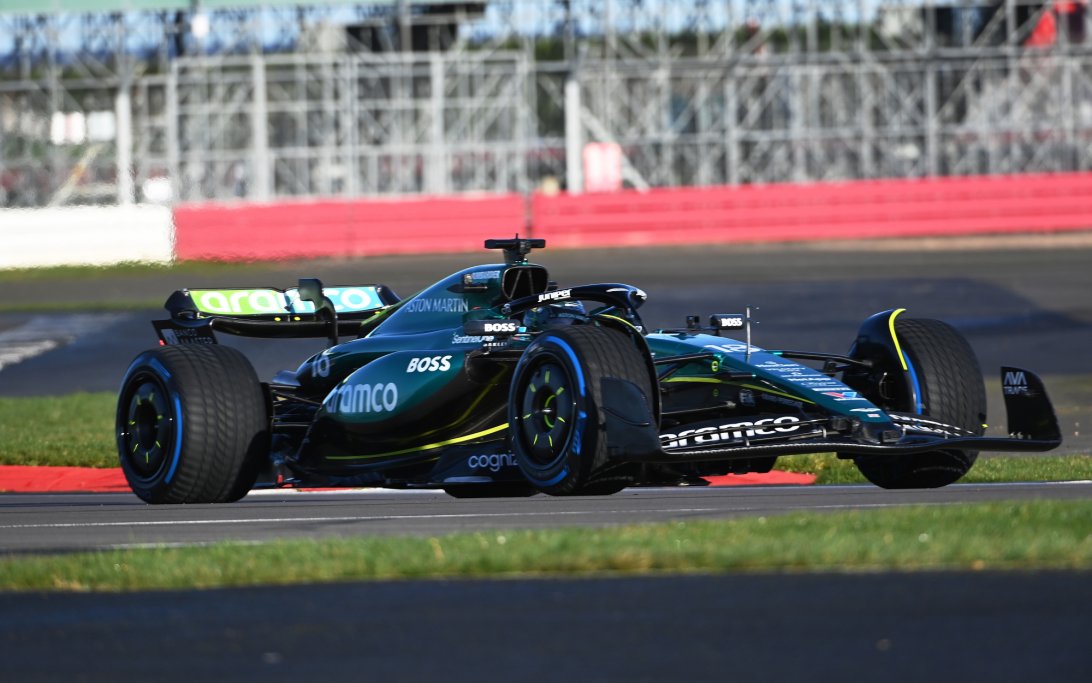
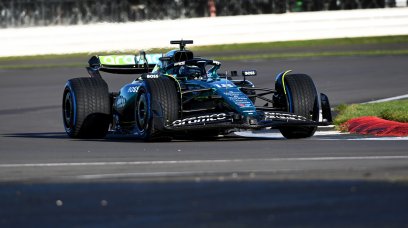

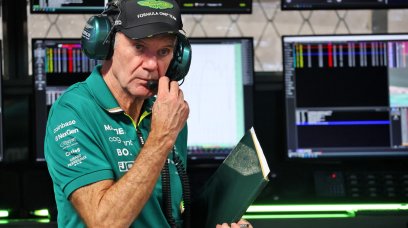
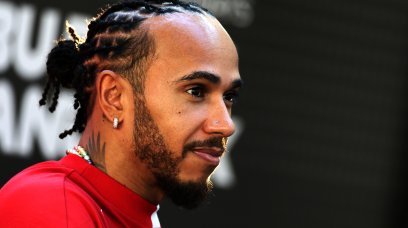


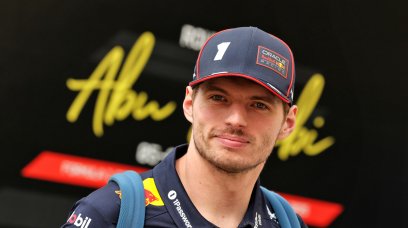
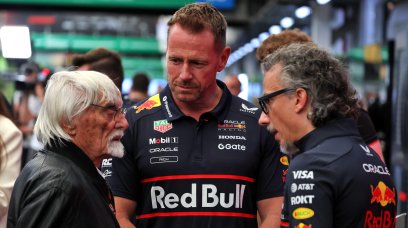


Join the conversation!